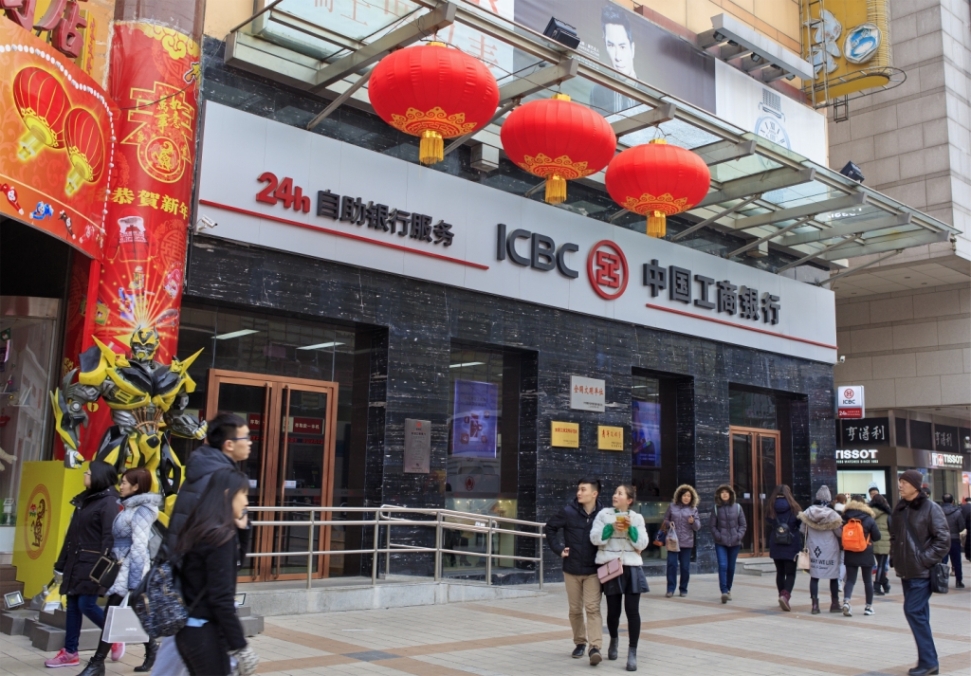
Chinese banks' profitability takes a hit from narrowing NIMs
But PwC said large commercial banks were 'spared the worst of pain'.
Credit in China’s economy continued to grow at a brisk pace in the first half of 2017. While corporates, SOEs and government departments account for the majority of outstanding loans, PwC said household debt was the fastest growing sector. This was largely driven by mortgages, which grew by just over 30% year-on-year. Despite this, profit growth slowed for the majority of China’s banks.
These are just some of the findings in PwC’s latest China Banking Newsletter, which reviews the performance of the industry in the first half of 2017, while assessing its prospects going forward. The Newsletter analyses the first half results of 39 A- and H-share listed banks. Using the China Banking Regulatory Commission’s categories, it includes six Large Commercial Banks, nine Joint-Stock Commercial Banks, sixteen City Commercial Banks and eight Rural Commercial Banks.
“Net profits continue to grow across all four bank categories,” says James Tam, Financial Services partner, PwC Hong Kong. “There was a slight increase in the rate of growth among the largest banks, but growth is slowing overall. There has been a marked drop-off in the previous rapid growth of City and Rural Commercial Banks.”
Here's more from PwC:
Return on Assets (ROA) and Return on Equity (ROE) fell across all the banks surveyed. ROA stood at less than 1% for all but the Large Commercial Banks. ROE was lowest for the Rural Commercial Banks – averaging out at 11.57%.
At the end of June 2017, the total assets of listed banks amounted to 161.98 trillion yuan – an increase of 4.21% from the end of 2016. Compared to the same period last year, the growth rates of total assets and total liabilities are slowing down. In the first half of 2017, loans to customers grew rapidly, while interbank assets saw negative or low growth. These trends reflect the efficacy of regulatory measures, which have tightened risk control, as well as the enhanced role of banks in servicing the real economy.
The slowdown in profit growth was largely due to the continuing compression of net interest margins (NIM) and net interest spreads (NIS). Again, the Large Commercial Banks were spared the worst of the pain – their NIM narrowed by 11 basis points (bps) year-on-year. The Joint-stock and City Commercial Banks experienced a more dramatic squeeze of 40 and 41 bps respectively.
“While there is undoubted pressure on profit growth for China’s banks, their overall credit quality has shown some positive signs, as reflected in the key ratios,” says Raymond Poon, Financial Services partner, PwC Hong Kong. “The overall balance of non-performing loans increased, but the NPL ratio actually fell slightly for all bank categories. There was also an across-the-board reduction in the ratio of ‘special mention’ loans.”
The ratio of overdue loans (90 days or more) also fell for all categories except Rural Commercial Banks, suggesting that the banking sector is entering a period of stability.
The China Banking Newsletter also takes a more in-depth look at broader trends that are impacting the country’s banking sector. For example, it looks at recent alliances between Large Commercial Banks and tech companies with the aim of developing new products and services.
“These alliances give the banks access to innovation that is not encumbered by legacy systems,” says Jimmy Leung, Financial Services leader, PwC China. “The tech companies, in turn, get access to well-established large-scale distribution channels and a bigger talent pool. One of the main challenges for both parties is the cultural adjustment.”
Financial inclusion as a mechanism for banks to transform is another topic that is examined in the Newsletter, as is the challenge of compliance risk management.






















 Advertise
Advertise






